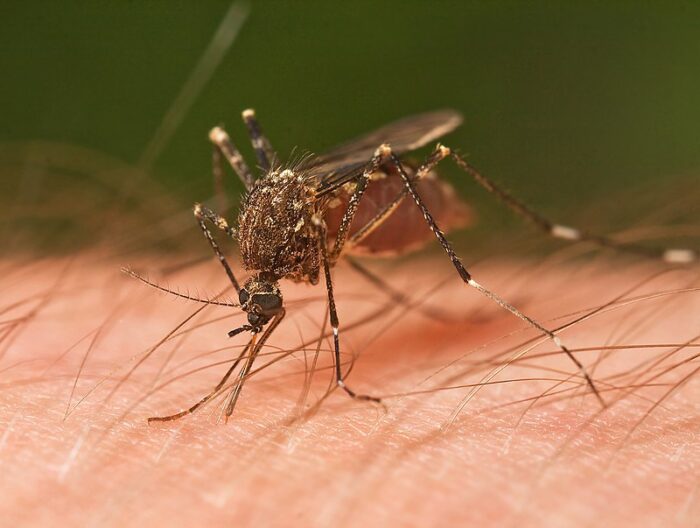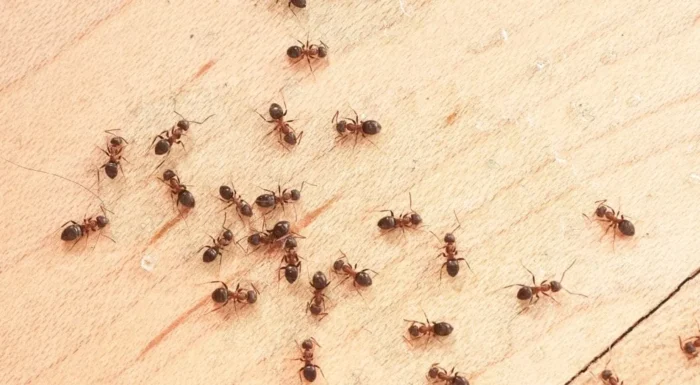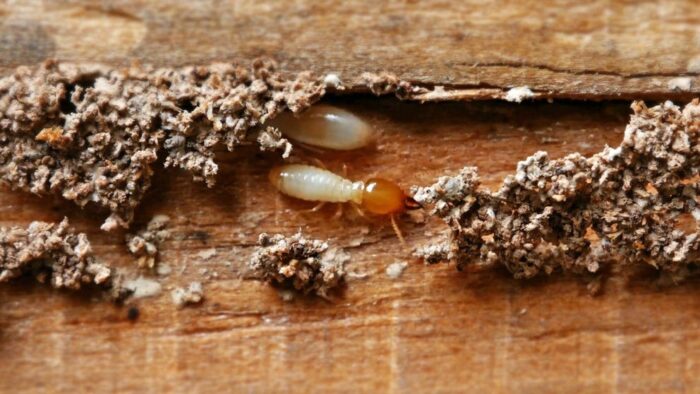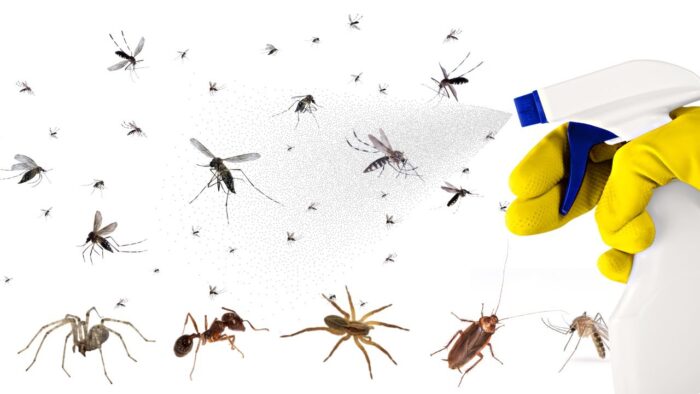Pests are unwelcome guests that can invade our homes, causing annoyance, damage, and potential health risks. Effective pest control is crucial for maintaining a clean and healthy living environment. In this blog post, we will explore tried and tested home pest control tricks that work.
From common household pests like ants, mosquitoes, flies, and cockroaches to more elusive intruders like rodents, bed bugs, termites, and spiders, we will delve into effective strategies for prevention, elimination, and management. By the end, you will be empowered with practical solutions to keep your home pest-free.
Table of Contents
Outline of common household pests and their potential risks

Before we delve into the solutions, let’s familiarize ourselves with some of the common household pests and the potential risks they pose. Ants, while mostly harmless, can contaminate food and invade our living spaces. Mosquitoes and flies are not only annoying with their incessant buzzing but can also transmit diseases. Cockroaches, known for their resilience, carry pathogens and allergens.
Rodents like mice and rats can cause structural damage and spread diseases. Bed bugs are notorious for their itchy bites and ability to infest bedding. Termites silently destroy wooden structures, while spiders and other creepy crawlies can trigger fears and allergies. In situations where professional intervention is necessary, services like SWAT Pest Control in Brisbane can provide expert assistance to tackle and resolve pest infestations effectively.
Understanding the underlying causes of pest infestations
To effectively control pests, it is important to understand the underlying causes of their infestations. Pests are often attracted to food, water, and shelter. Poor sanitation, food spills, and unsealed garbage cans can entice ants, flies, and cockroaches into our homes. Mosquitoes breed in stagnant water, so neglected birdbaths or clogged gutters can become breeding grounds. Clutter and unsealed entry points provide rodents with easy access. Bed bugs hitch rides on luggage or clothing, infesting homes and hotels. Termites thrive in moist wood and can enter through cracks. Identifying and addressing these factors is essential for long-term pest control.
Natural remedies for keeping ants out of your home

Ants may seem harmless, but when they invade our itchens or pantries, it becomes essential to keep them at bay. Natural remedies can effectively repel ants. Sprinkling cinnamon, peppermint oil, or coffee grounds near entry points can deter them due to their strong odors. Creating barriers with vinegar, lemon juice, or a mixture of water and dish soap disrupts their scent trails. Additionally, sealing cracks and eliminating food sources reduces their attraction. Regularly cleaning surfaces, storing food in airtight containers, and promptly fixing leaks can help maintain an ant-free home without resorting to harmful chemicals.
DIY solutions for repelling mosquitoes and flies indoors
Mosquitoes and flies can turn a peaceful evening into a buzzing nightmare. To repel these pesky insects naturally, consider using essential oils like citronella, lavender, or eucalyptus. Dilute the oils with water and spray the mixture around doorways and windows or use diffusers.
Installing screens on windows and doors is an effective physical barrier. Eliminating stagnant water sources, such as birdbaths and uncovered containers, helps reduce mosquito breeding. Flypaper, fly traps, or homemade traps using vinegar or fruit can lure and capture flies. Regular cleaning, especially in the kitchen, removes food residues that attract flies.
Effective ways to prevent and eliminate cockroach infestations
Cockroaches are notorious for their ability to survive and reproduce rapidly. Prevention is key when it comes to cockroaches. Keep your kitchen clean by wiping down surfaces, sweeping up crumbs, and storing food properly.
Fix any plumbing leaks to eliminate water sources. Seal cracks and crevices to deny them entry points. If an infestation occurs, boric acid or diatomaceous earth can be sprinkled in infested areas as a safe and effective solution. Cockroach baits and traps are also useful in reducing their numbers. For severe infestations, professional pest control services may be necessary.
How to tackle rodent problems using humane methods
Rodents can be challenging to deal with, but it’s important to approach the problem humanely. Start by sealing any gaps or holes that serve as entry points. Remove potential food sources by storing food in rodent-proof containers and cleaning up spills promptly. Humane traps, such as live-catch traps, can be used to capture rodents for release elsewhere.
Ultrasonic devices emit sound waves that are unpleasant to rodents but harmless to humans, deterring them from the area. If the infestation persists or poses a significant risk, consulting with a professional pest control expert is advisable.
Tried and tested methods for dealing with bed bugs
Bed bugs are notorious for their resilience and ability to hide in mattresses, furniture, and cracks. Dealing with bed bugs requires thoroughness and persistence. Start by washing infested bedding and clothing in hot water.
Vacuum mattresses, furniture, and carpets thoroughly, disposing of the vacuum bag immediately. Steam cleaning can also kill bed bugs and their eggs. Encasing mattresses and box springs in bed bug-proof covers creates a barrier. For severe infestations, professional pest control services with specialized treatments may be necessary. Remember to inspect luggage and clothing when traveling to prevent bringing bed bugs home.
Strategies for preventing and managing termite infestations

Termites can cause significant damage to wooden structures, leading to costly repairs. Prevention and early detection are crucial. Regularly inspecting wooden areas, including foundations and decks, helps identify signs of termite activity.
Removing any decaying wood or cellulose materials near the house reduces their attraction. Applying a liquid termiticide or installing termite bait stations can create barriers or eliminate colonies. Professional termite inspections and treatments are recommended for long-term protection. Maintaining proper ventilation and reducing moisture around the house also discourages termite infestations.
Tips for keeping spiders and other creepy crawlies away
Spiders and other creepy crawlies can trigger fears and allergies in many people. To keep them at bay, regular cleaning and decluttering are essential. Vacuuming corners, behind furniture, and dark areas where spiders hide can effectively remove them.
Sealing cracks and gaps in walls, windows, and doors prevents their entry. Essential oils like peppermint, tea tree, or citrus can be used as natural spider repellents. Placing spider traps or sticky traps in areas of high activity can catch them. If a spider infestation becomes overwhelming, seeking professional assistance is recommended.
Conclusion: Empowering homeowners with effective pest control solutions
Maintaining a pest-free home is essential for our well-being and peace of mind. By understanding the common household pests and their risks, identifying underlying causes, and implementing natural remedies and DIY solutions, we can effectively prevent and eliminate infestations.
Whether it’s dealing with ants, mosquitoes, flies, cockroaches, rodents, bed bugs, termites, or spiders, there are tried and tested methods that really work. By following the tips and strategies shared in this blog post, you can take control of your home’s pest situation and create a clean, safe, and comfortable living environment for you and your family.

